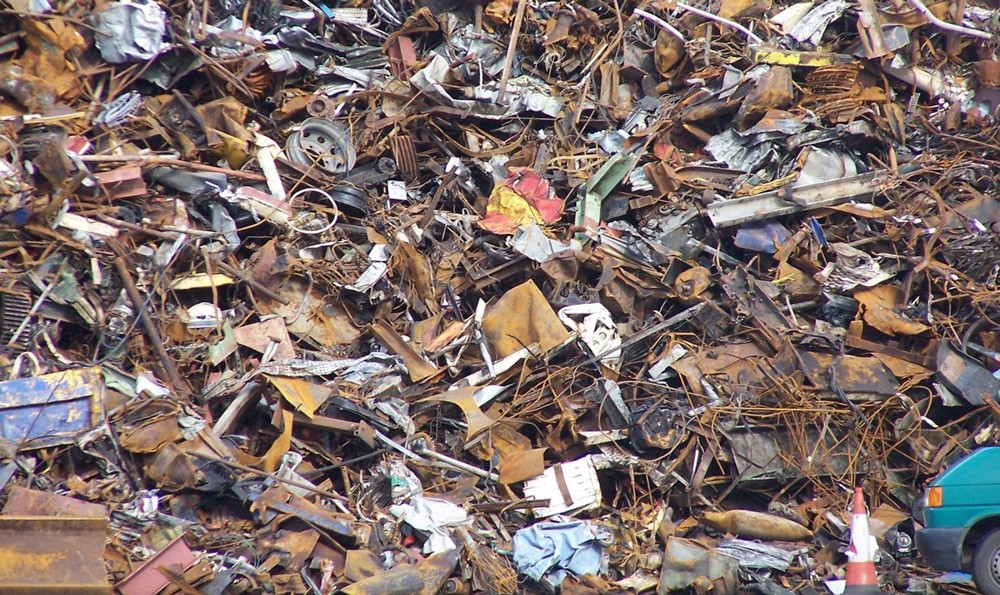 Time:2025-03-24
Time:2025-03-24
 Source:青绿环境
Source:青绿环境
In the rapid urbanization process, construction waste is ever-present, with a large volume and complex composition, including concrete fragments, metals, wood, plastics, and so on. If these "urban minerals" are not properly managed, they will occupy a large amount of land and may also pollute the soil and water sources. To achieve their resource utilization and build a virtuous cycle system, efforts must be made from multiple dimensions.

Sorting and recycling is the foundation. At the source of construction waste generation, such as demolition sites and construction sites, sorting storage areas should be set up, and dedicated personnel should be assigned to initially sort waste of different materials. For example, metal components should be grouped together, and concrete and masonry should be placed in the same area. This avoids chaos and increased sorting difficulty and cost during subsequent processing. Meanwhile, advanced optical sorting equipment can be used to accurately identify different components with infrared and X-ray technologies, efficiently separate recyclables, and improve their purity, creating favorable conditions for further processing.
Technology research and development is the key. For inorganic non-metallic materials like concrete and masonry, processes such as crushing, screening, and grinding can be used to produce recycled aggregates, which can be used to manufacture recycled concrete, recycled bricks, and other building materials. Researchers are also exploring optimized formulas to improve the performance of recycled building materials, making their strength and durability reach or even exceed that of traditional products. For organic materials such as wood and plastics, pyrolysis and chemical decomposition methods can be used to convert them into fuels and chemical raw materials, expanding their application fields and ensuring that every piece of waste finds its "place of use."
Policy guidance and market incentives are indispensable. The government should introduce subsidy policies to provide financial support to construction waste processing enterprises, reducing their operating costs. Special tax incentives should be established to encourage enterprises to invest in research and development and innovate technologies. At the same time, a record-keeping system for the discharge and disposal of construction waste should be established, with severe punishment for illegal dumping to force a reduction at the source. The market mechanism should be improved to make recycled building materials more competitive in terms of price and quality, to open up sales channels, and to encourage construction enterprises to use them. This will form a closed loop of "generation - recycling - processing - application," transforming construction waste from a "burden" to a "treasure" and promoting green urban development.
In short, facing the challenge of construction waste, as long as there is collaboration among multiple parties, technological innovation, and policy support, it is certain that waste can be turned into treasure, opening a new chapter in resource recycling, protecting urban ecology, and laying a solid foundation for sustainable development.













 Prev
Prev











